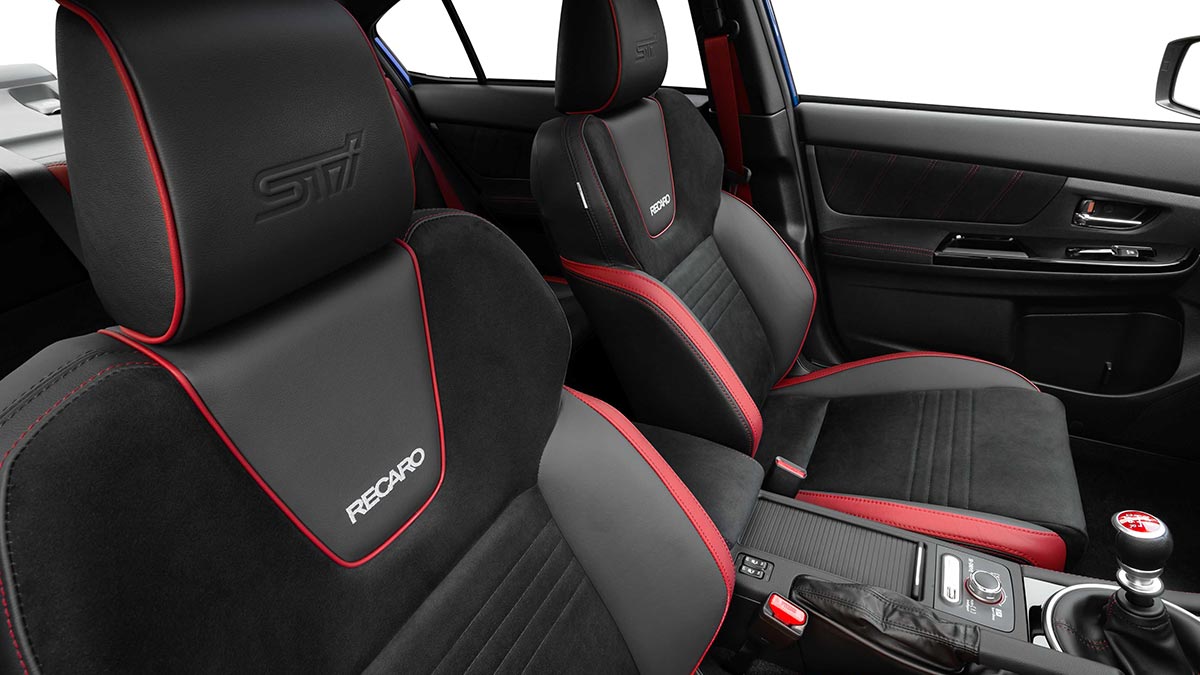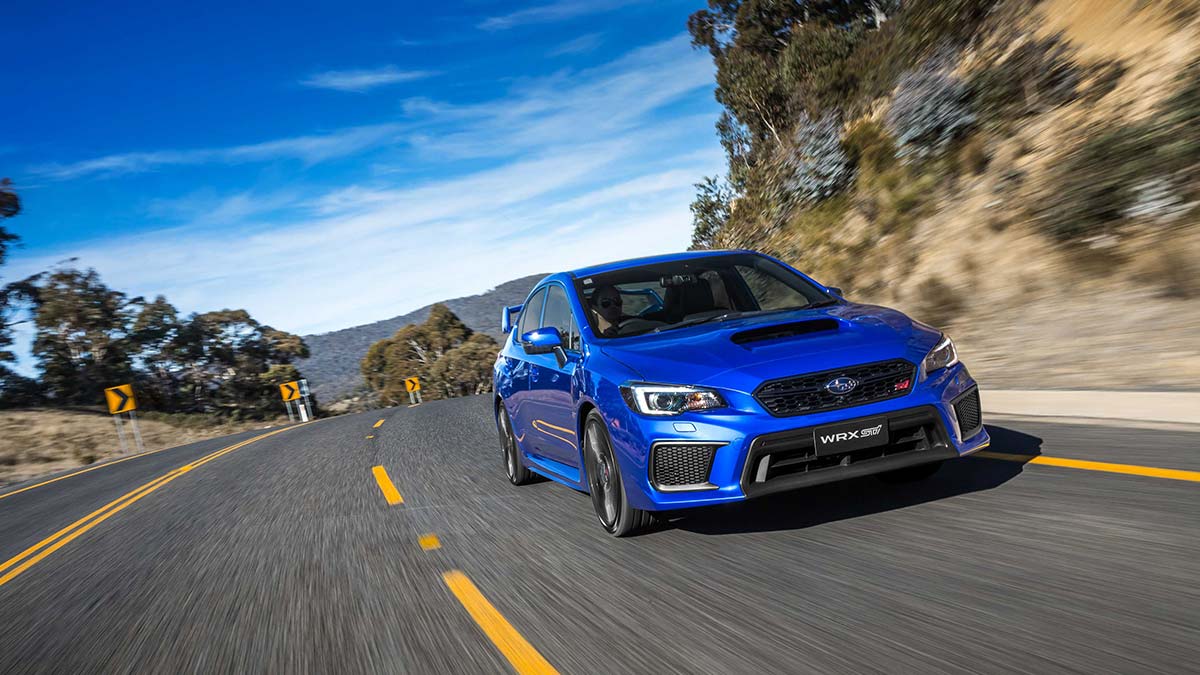The ninth-generation Toyota HiLux has arrived, bringing with it a futuristic forward exterior design, more safety and tech and the same rugged capability owners love. Will the updates tempt private buyers away from the Ford Ranger or are they just enough to keep fleets onside?
Subaru WRX 2014-2019 used car review

Greg Hill reviews the Subaru WRX and STI.
Subaru’s WRX and the rally-bred STI version are still among the most desirable offerings in the used car segment for affordable performance cars.
There is a unique charm about the turbo-charged, all-wheel-drive WRX that has made it an icon of the Subaru range for the past 25 years, due in no small part to how it displays all the characteristics of a true sports car while still delivering everything required for everyday use.
WRX hasn’t lost any of its ability over the years, but its superstar image has waned as the competition has improved and there’s now a wider choice in the segment.
The fourth-generation WRX was introduced in March 2014, and only as a sedan. It followed the established WRX formula but was revitalised with improved engine and driveline technology, bigger brakes, an interior upgrade and more standard equipment.
The aggressively styled WRX is based on Subaru’s Impreza and so offers the practicality of a small-to-medium four-door sedan. Leg and head room are respectable, and it has a useful boot. Outward vision is good, but the instrumentation is a touch fussy.
Safety remains a strong point, with seven airbags and a five-star ANCAP rating. An update in 2017 saw further mechanical refinement and extra equipment. Subaru’s excellent EyeSight driver assistant, with a suite of desirable advanced safety features, was introduced in WRX automatic variants.
You’ll find a wide selection on the used market. In both WRX and STI, the Premium grade dominates, while there’s also a respectable number of the standard versions advertised, plus some later STI spec.R models and a few special editions.
While WRX is undoubtedly a fun drive, the STI takes things to the next level. Acceleration is rapid, although the high-performance focus makes the STI rather hard-edged.
At the heart of WRX is a 2.0-litre direct-injection, turbo-charged petrol engine, in Subaru’s traditional horizontally opposed Boxer layout. Peak power is an enjoyable 197kW at 5600rpm, with the maximum torque of 350Nm produced from 2400rpm through to 5200rpm. The STI has a 2.5-litre version of the engine that produces 221kW at 6000rpm and 407Nm at 4000rpm. These engines like to rev and do their best work from 2000rpm upwards when the twin-scroll turbo really kicks in.
For WRX, the transmission choice is a six-speed manual or a CVT automatic with an eight-speed manual mode. The STI has a beefed-up six-speed manual only. Putting the power to the ground, Subaru’s renowned symmetrical all-wheel drive is a strong point but the real sweetener is how everything comes together as a package.
A stiffened body structure, retuned suspension, upgraded brakes, sharper steering and Active Torque Vectoring, which helps to balance the drive with the weight shift between front and rear when cornering, translate into impressive handling, while the all-wheel-drive system and a limited slip rear differential deliver excellent traction. The trade-off is a reasonably firm ride that is most noticeable at low speeds as it thumps over minor road irregularities. In the STI, extra race-developed features and additional chassis/suspension development sharpen up the handling, but the ride is much firmer, almost to the point of being harsh.

A WRX that has been treated well and properly maintained is usually very reliable. Many, however, are given a hard time, so it’s vital to check the individual car’s history closely, not only through service records but also the type of use it’s had, because you will find offerings that are best avoided. There is also a booming business in aftermarket performance equipment and modifications. Increased turbo-boost, free-flow exhausts and high-performance computer chips may increase the performance but they usually shorten engine life.
Engine and transmission oil leaks should be inspected closely as repairs can be expensive. In normal operation, the Boxer engine consumes a little oil which generally is not a problem, but the level should be checked and occasionally topped up between services. The engines don’t appear to have the leaking cooling system problems experienced by previous models, but a quick look around won’t hurt.
Take note of how the automatic transmission engages, and check clutch operation in manual versions. And always look for signs of major accident damage and poor repairs.
With the unique Boxer engine and symmetrical all-wheel-drive system, major servicing and repairs should preferably be done by a Subaru specialist.
Driven conservatively, WRX can return respectable fuel economy, but taking advantage of the available performance affects this significantly. A realistic return is 10.5-12.0L/100km, while the STI is 1.0-2.0L/100km thirstier. Of course, it requires premium-grade fuel.
Due to its performance, WRX and STI are on VicRoads’ restricted list and cannot be driven on P-plates. The cost of insurance will also deter some buyers.
|
Price range |
WRX manual (2014-2019): $25,100-$37,000 |
|---|---|
|
The competition |
Ford Focus ST, VW Golf GTi and Skoda Octavia RS (sedan and wagon). |




